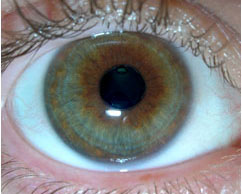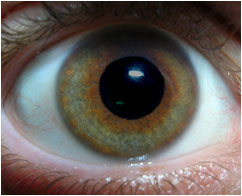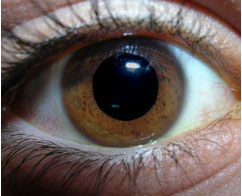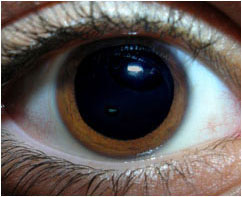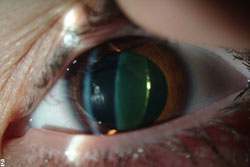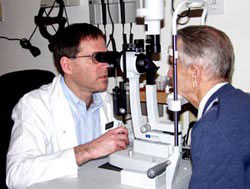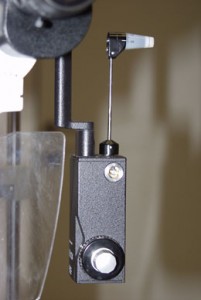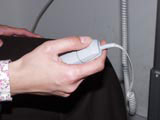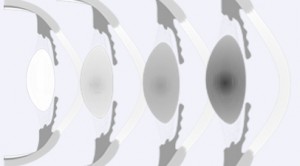Why does my ophthalmologist insist that I occasionally need to have my pupils dilated, what is it good for?
Anyone who has undergone a comprehensive eye examination most likely remembers the discomfort associated with dilation of the pupils. Pupil dilations is achieved by placing 1-2 types of eye drops that slowly slowly begin dilating the pupils, which are the central round black portion of the eye, which is actually a hole in the iris. This discomfort of having one’s pupils dilated includes a waiting time of at least 20-30 minutes during the course of the eye examination. This is the amount of time that is necessary for the pupils to dilate sufficiently.
Please note that this wait period is also a “significant bother” to the ophthalmologist because the continuity of the exam is broken, and the patient needs to enter and exit the doctor’s office twice, instead of once. However, the main discomfort is of course patient-centered, since pupil dilation lasts for an extended period of time, usually a few hours (between two to four or more hours after the exam is finished), which is the time it takes until lasts until the pupils return to their original size.
During this time period, vision is blurry (particularly for reading) and there is also generally a great discomfort when exposed to bright lights. If so, why does the doctor insist on dilating the pupils? The answer is that dilating the pupils allows the doctor to examine the inner part of the eye, often referred to as the ‘back of the eye’, including the lens, retina, and optic nerve. These parts of the eye are found behind the iris (the part of the eye which gives the eye its color), and only after dilating the pupils can the ophthalmologist comfortably and thoroughly examine these inner components of the eye. In my clinic, it is my practice to dilate pupils during the initial examination of a new patient, when necessary. In subsequent examinations it is usually not necessary to dilate the pupils at each follow-up visit, but rather only once in a number of visits, when the clinical findings indicate a need for a dilated examination.
Click here to learn: Which tests are performed before cataract surgery.
Click here to learn: What tests will your eye doctor perform to diagnose glaucoma.
